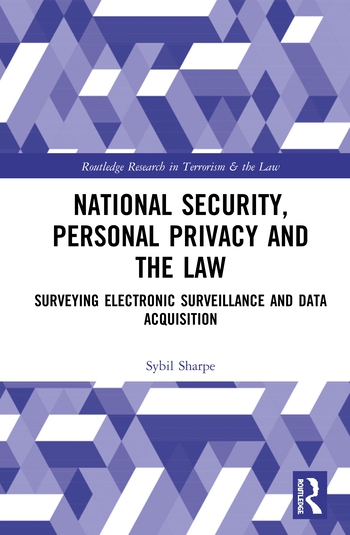Global News
The threat landscape in H1 2023

Cyber threats such as ransomware, artificial intelligence and malware have remained top concerns for security leaders. New technologies and new threat actors have changed the threat landscape, leading security leaders to adjust cybersecurity plans.
According to a Check Point report, the education sector has remained the top cyberattack target through the first half of 2023, followed by the government and/or military and healthcare. The report found that retail had a 42% increase in cyberattacks — the highest increase compared to other sectors.
Email as a delivery method for cyberattacks has grown steadily over the past several years, at 92% in 2023 versus 33% in 2018. According to the report, the infection chains have diversified, providing threat actors with a wider range of capabilities.
The report found that leading malware fell into two major categories: multipurpose and infostealers. The first is designed for a variety of purposes including data theft, system access and infectious code. The second is designed to take data such as login and account information. According to the report, Qbot is the most prevalent malware globally.
In the first half of 2023, Lockbit was the most prolific ransomware actor with 20% more victims than H1 2022. Forty-five percent of affected companies are in the U.S. followed by the U.K. and Canada.
Looking for a reprint of this article?
From high-res PDFs to custom plaques, order your copy today!









